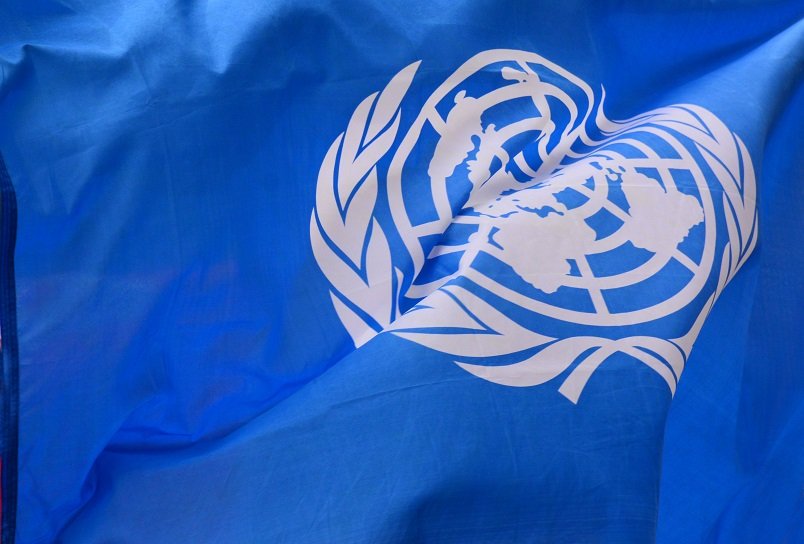On December 20, 2022, the United Nations Environment Programme (UNEP) announced at the 15th session of the Conference of the Parties (COP15) to the United Nations Convention on Biological Diversity (CBD) that it will adopt the Kunming-Montreal Global Biodiversity Framework (GBF), which includes four overarching goals and 23 action goals to be achieved by 2030. The GBF sets specific targets to halt, reverse and put on a recovery trajectory the loss of nature, including protecting and conserving more than 30 percent of the planet’s land and sea by 2030, with the aim of tackling biodiversity loss, restoring ecosystems, and protecting the rights of indigenous peoples. It also includes proposals to increase lending to developing countries, which had become a major issue in the negotiations. Focusing on the role and actions of companies and investors in promoting nature conservation, the 23 agreed action goals include those aimed at achieving “nature positive,” which is the next management challenge for industry.
Focus on the role and actions of companies and investors in promoting nature conservation
COP 15 was held in Montreal, Canada, from December 7 to 19, 2022, with the participation of representatives of 188 governments. While the activities of companies put a burden on biodiversity and nature, it was confirmed that the loss of nature poses resource risks to companies, and future action goals included targets related to companies, such as requiring natural impact assessment and information disclosure, and goals to halve the risk of pesticides and fertilizers. It also set a goal of raising $200 billion (approx. 26 trillion yen), including private investment and financing such as green bonds, to meet the 2030 target. Efforts to achieve “nature positive,” which puts nature conservation and biodiversity measures in the mainstream of business and changes the loss of nature to regeneration by 2030, has emerged as an important management issue for companies.
GBF’s four overarching global goals for nature conservation
- Halting human-induced extinction of threatened species and reducing the rate of extinction of all species tenfold by 2050 We are currently seeing the largest loss of life on Earth since the time of the dinosaurs. One million species of plants and animals are threatened with extinction, many of them within a few decades.
- Sustainable use and management of biodiversity to ensure that nature’s contributions to people are valued, maintained and enhanced
- Fair sharing of the benefits from the utilization of genetic resources, and digital sequence information on genetic resources
- Adequate means of implementing the GBF should be accessible to all Parties, particularly Least Developed Countries and Small Island Developing States
Global action goals to be achieved by 2030 (excerpt)
- Effective conservation and management of at least 30 per cent of the world’s land, coastal areas and oceans. Currently, 17 percent of land and *8 per cent of marine areas are under protection
- Halve nutrient run-off to the environment and pesticide risk
- Bring the loss to areas of high biodiversity importance to close to zero
- Halve the rate of introduction and retention of invasive alien species
- Halve global food waste and significantly reduce overconsumption and waste generation
- Eliminate or reform subsidies which are harmful to biodiversity, by progressively reducing them by at least $500 billion per year, while scaling up positive incentives for biodiversity conservation and sustainable use
- Mobilize at least $200 billion annually from public and private sources in biodiversity-related funding, both nationally and internationally
- Increase international financial flows from developed to developing countries to at least $30 billion per year
- Mandate multinational corporations and financial institutions to monitor, assess and transparently disclose the risks and impacts of their operations and supply chains on biodiversity
Fundraising as a Core Countermeasure
At COP15, the debate centered on how much money developed countries should send to developing countries for biodiversity loss. To ensure adequate, predictable and timely financial flows, the Global Environment Facility was requested to establish a Special Trust Fund (GBF Fund) to support the implementation of the GBF. Countries also approved a series of related agreements on planning, monitoring, reporting and review to implement the GBF. All of this is critical to ensure progress, and in the words of the GBF, not to “accelerate the rate of extinction of the world’s species, which is at least tens to hundreds of times greater than the average of the past 10 million years.”
UNEP news on COP 15 can be found at the following URL:
https://www.unep.org/news-and-stories/story/cop15-ends-landmark-biodiversity-agreement
 United Nations Biological Diversity Conference (COP 15) adopted a new global target for 2030
United Nations Biological Diversity Conference (COP 15) adopted a new global target for 2030 

























